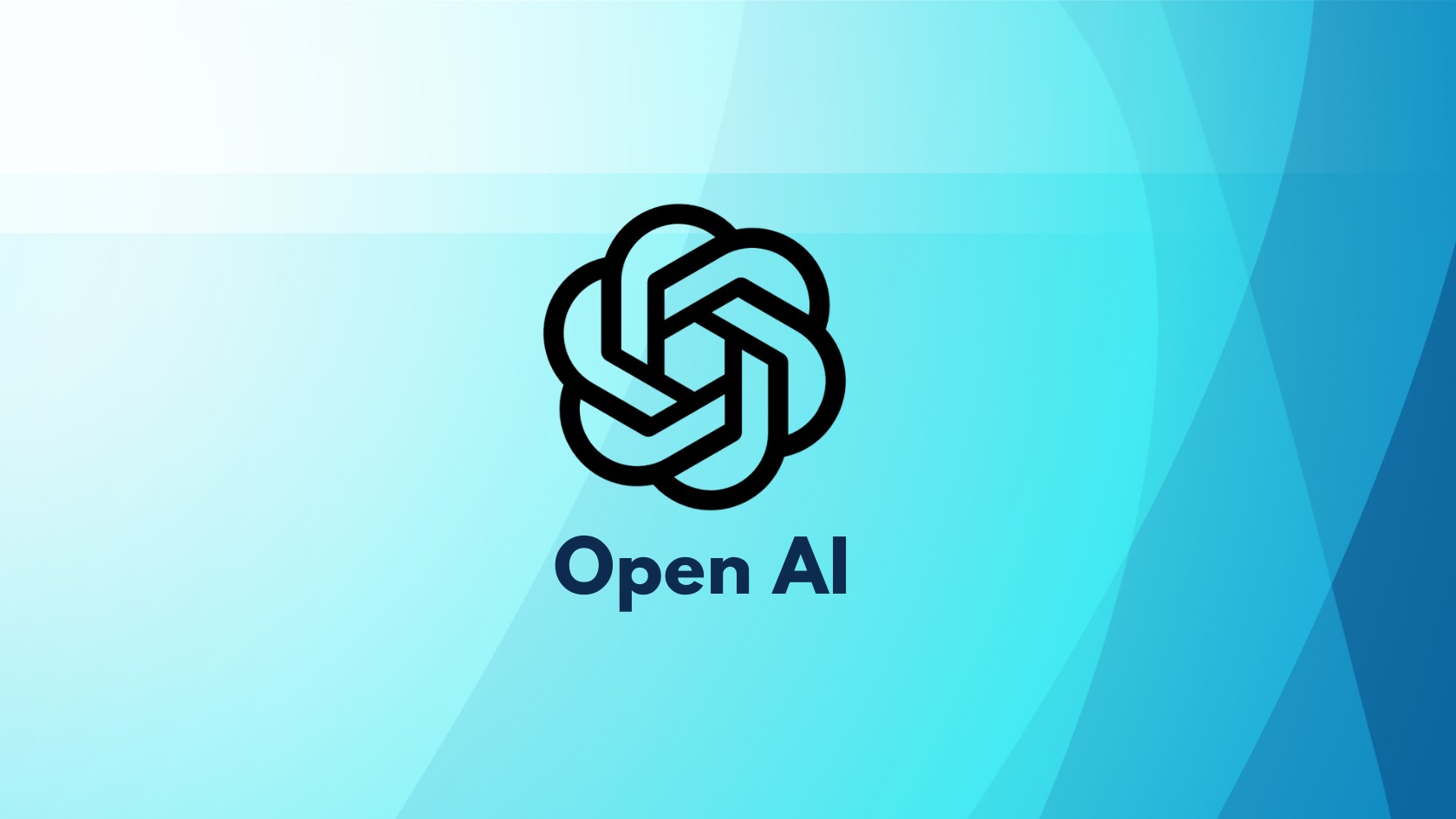OpenAI has officially launched GPT-4.1, its latest flagship AI model, marking a significant evolution in the company’s journey to create powerful and accessible artificial intelligence. Coming just months after GPT-4o’s debut, GPT-4.1 arrives with considerable upgrades: a much larger context window, better coding performance, improved instruction-following skills, and reduced costs. This new model solidifies OpenAI’s leadership in the AI space while responding to increasing competition and demand for efficiency.
What Is GPT-4.1 And Why It Matters
GPT-4.1 is OpenAI’s response to the rapidly evolving AI ecosystem. This model improves upon the already advanced GPT-4o by introducing support for up to one million tokens in context—more than 7x the limit of GPT-4o’s 128,000 tokens. This means users can now feed in far more data, be it text, images, or video, without losing accuracy or relevance. GPT-4.1 was trained to handle large contexts reliably and filter out distractions, making it more focused and efficient.
In addition to its expanded capabilities, GPT-4.1 is more accessible. OpenAI introduced two variants alongside the main model: GPT-4.1 Mini and GPT-4.1 Nano. While Mini is aimed at developers seeking affordability without major sacrifices in quality, Nano is optimized for ultra-fast and low-cost tasks, making it ideal for devices with limited resources or applications needing lightning-fast responses.
GPT-4.1 is a strategic model that balances performance, reliability, and affordability. As OpenAI continues to refine its product line, this release is seen as a game-changing upgrade that sets a new standard for multimodal AI models. The new architecture also helps OpenAI keep pace with competitors like DeepSeek and Anthropic, who are rapidly innovating in the space.
Key Differences: GPT-4.1 Vs GPT-4o
GPT-4.1 brings significant improvements over GPT-4o, which was OpenAI’s previous leading model. While GPT-4o laid the foundation for multimodal interaction—allowing users to input text, images, and speech—GPT-4.1 sharpens this capability with greater precision, less latency, and a dramatic increase in contextual memory.
One of the most compelling upgrades is cost. GPT-4.1 is 26% cheaper than GPT-4o. This reduction is crucial as companies and developers integrate AI more deeply into their tools and workflows. Lower cost means broader adoption and experimentation without straining budgets.
In terms of responsiveness, GPT-4.1 is more accurate in parsing and processing long prompts. OpenAI emphasized that GPT-4.1 is “far more reliable at noticing relevant text and ignoring distractors,” which is a vital improvement for enterprise applications, document analysis, and real-time interactions. In a sense, GPT-4.1 does not just remember more—it remembers better.
While GPT-4o focused on versatility, GPT-4.1 focuses on precision. It continues to support multimodal inputs but now processes them with higher fidelity. Whether it is a coding task, academic research, customer service dialogue, or creative writing, GPT-4.1 promises higher performance across the board.
Why GPT-4.1 Launch Means More Than Just A New Model
The timing of GPT-4.1’s launch is strategic. OpenAI is set to retire GPT-4 from ChatGPT by April 30 and deprecate the GPT-4.5 preview by July 14. These moves clear the path for GPT-4.1 and reflect OpenAI’s pivot to models that offer higher efficiency at a lower operational cost. GPT-4.1 represents the unification of performance, cost, and scale that OpenAI has long aimed for.
Interestingly, the company also confirmed that GPT-5 is not arriving anytime soon. CEO Sam Altman recently stated that GPT-5’s development has been delayed due to the challenges of integration. GPT-4.1, therefore, serves as both an immediate upgrade and a bridge model that stabilizes the ecosystem while GPT-5 undergoes deeper development.
This strategic delay gives OpenAI room to fine-tune not just the model but the infrastructure, including GPU load balancing. In fact, GPT-4o’s earlier updates in image generation were so popular that OpenAI had to throttle usage temporarily to prevent GPU overloads—highlighting the real-world limits of even the most advanced models.
With GPT-4.1, OpenAI is also making a strong case for enterprise use. The model is positioned as API-ready, latency-reduced, and developer-friendly, encouraging wider adoption in tools, services, and platforms. This means consumers may soon interact with GPT-4.1 without even realizing it—inside customer support bots, digital assistants, or productivity apps.
FAQs About GPT-4.1
What Is The Context Length Of GPT-4.1?
GPT-4.1 supports up to 1 million tokens of context. This is a massive leap compared to GPT-4o’s 128,000-token limit, allowing developers to input entire books, datasets, or logs into a single prompt without losing coherence.
How Much Does GPT-4.1 Cost?
GPT-4.1 is 26% cheaper than GPT-4o. The lower cost is part of OpenAI’s effort to offer scalable solutions for developers and businesses, especially as demand for large-context AI grows.
What Are GPT-4.1 Mini And Nano?
GPT-4.1 Mini is a lightweight version meant for general-purpose use with reduced costs. GPT-4.1 Nano is even smaller, designed to be the fastest and cheapest variant for low-resource environments or edge devices.
Is GPT-4.1 Better Than GPT-4o?
Yes, OpenAI claims GPT-4.1 outperforms GPT-4o in nearly every dimension—including coding, instruction following, and contextual relevance. It is more efficient, accurate, and accessible.
When Will GPT-5 Be Released?
GPT-5 has been delayed and is expected to launch “in a few months,” according to OpenAI CEO Sam Altman. The complexity of integrating new features is cited as the reason for the delay.
Where Can I Access GPT-4.1?
GPT-4.1 is now available via the OpenAI API and is being integrated into ChatGPT and developer platforms. Depending on your subscription tier, you may already have access to the model or its smaller variants.
In summary, GPT-4.1 is not just a technical update—it is a forward-thinking release that aligns performance, scale, and affordability. OpenAI’s decision to delay GPT-5 while focusing on making GPT-4.1 widely usable demonstrates a mature, sustainable approach to AI development. The model is already making waves and is expected to dominate the next wave of AI integration across industries.






















